The modeling of quantization noise as 'white noise' leads to the result that the quantization noise power has a flat spectrum. If you have a finite measurement bandwidth due to sampling, then the total quantization noise power is simply spread out evenly over this measurement bandwidth, leading to equation 4.7 in the text you posted.
If your signal has a lower bandwidth than your measurement bandwidth (which it should if you want to prevent aliasing), then you could simply filter out the quantization noise power that is outside your signal bandwidth, and it would not contribute to your measurement error. You can't filter out the quantization noise power that is within your signal bandwidth without also filtering out your signal. So you are 'stuck' with that part, and so that is the quantization noise power that should properly be associated with your signal measurement -- given simply by the product of the quantization noise power density and your signal bandwidth.
 [Marcel Pelgrom. Analog-to-Digital Conversion]
[Marcel Pelgrom. Analog-to-Digital Conversion]